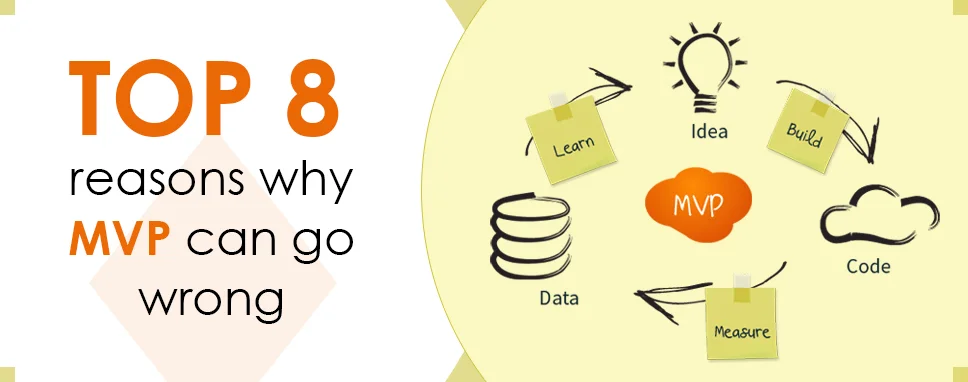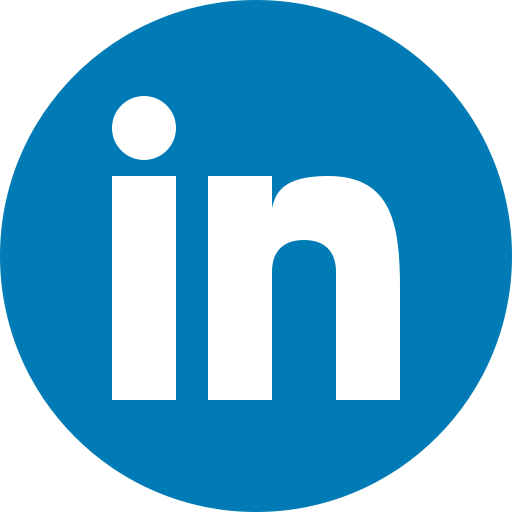“The most important reasons that I've noticed so far include such organizational mistakes as:
Not clearly specifying what you need and what result you want to generate out of the project. For example, if you want a Cloud-based LMS that will maintain the system and will carry out any updates and upgrades, it'll mostly be designed to ensure that the product strategy and its vision are aligned with market needs. Don't expect it to be installed as a separate LMS. In this case, users can only login with a username and password.
Poor communication with software development vendor. Your developers should understand what you need and should be 100% aware of your plans and reasons. Make sure you're working as a team. To organize such a process, you can simply use project management tools like Jira and Trello.
Ensuring that it offers more features/functions than it actually does. You should understand that MVP is mostly made to attract early - adopter customers.
Not making sure that after the development you should guarantee yourself with software development maintenance and support.”
- Srbuhi Avetisyan, Business Development Specialist at CodeRiders
“In my experience, the most common reasons an MVP product fails are:
- The problem it's trying to solve isn't a big enough problem for enough people
- People aren't willing to pay the asking price to solve their problem
- The product technically doesn't work well
- The user experience is sub-par
- There are competing products that do a better job
- The MVP didn't reach enough of its target audience
You could sum nearly all MVP failures up as: the MVP didn't do a good job solving a big enough problem, for a big enough group of people.
The three keys to success with an MVP are a big enough group of people, who have a big enough problem they want to solve, and you've built a product that does a good job solving that problem (and getting it in front of the people).”
- Alan Myers, Developer & Security Consultant @ Website Security Solutions, LLC - Alan Myers, Developer & Security Consultant @ Website Security Solutions, LLC
“Here are my top reasons for an MVP failing:
1. *Lack of market fit. * The product can be the most amazing thing in the world, but if it doesn't satisfy the user's exact needs, it's pointless. This is by far the most probable reason for an MVP failing.
2. *The product is too buggy. * If you are nailing the user's exact need but some features crash or cause annoying behavior to occur in your system, you may scare off users.
3. *Lack of timing. * Sometimes, a need your MVP satisfies is a temporary need, or other competitors came out with their own MVP before you lose important momentum. For example - if you had an idea of creating a revolutionary thermometer and have implemented an MVP within the first month of COVID, your MVP would have a high chance of success. On the other hand, if you had waited a few more months, many other companies have already beat you to it and your chances of success greatly diminished.”
- Aviram K., Founder of Woof & Beyond





















